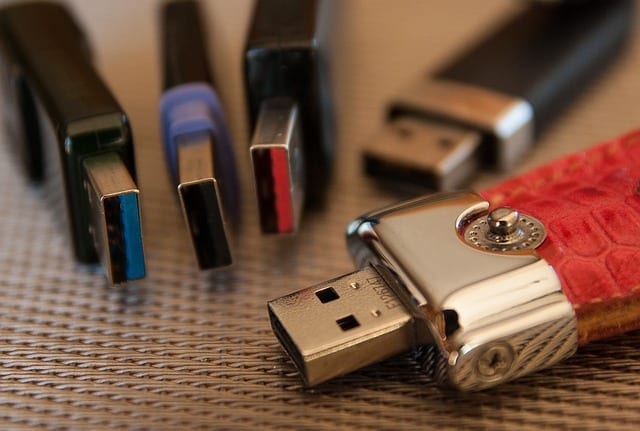There will come a time when your computer runs into a problem so dire that it can’t even start. It’s hard to foresee when it will happen, but when it does, you either will panic or you will remain calm, and the only difference is how prepared you were for this to happen in the first place. You can make yourself prepared by creating a USB recovery drive beforehand. Windows 10 has such a feature to help you fix serious problems.
Prepare a USB flash drive that you want to turn into a recovery drive. Remember to transfer all important files you have on the flash drive, because Windows will reformat it and add the recovery files.
Press Start, type recovery, select Create a recovery drive when it appears in the results and click Yes in the User Account Control dialog box. In the Recovery Drive dialog box, you may mark the Copy the recovery partition from the PC to the recovery drive checkbox to include the utilities that came with your computer. This option requires a USB flash drive with a minimum space of 16GB. If the checkbox is disabled, then your computer doesn’t have a recovery partition available. If you leave the box unchecked, you only need a flash drive with at least 8GB (although the actual disk space needed will be listed in the Recovery Drive dialog box). Click Next.
Connect the USB flash drive. Select it in the Available drive(s) list and click Next. Click Create to confirm your decision. Wait for the computer to create the recovery drive and click Finish. Unplug the flash drive and keep it in a secure location. Don’t use the flash drive for storing other files lest you tamper with the recovery data.
Now that you have a Windows 10 recovery drive, you can use it for refreshing and resetting your computer. You can also use it to do an automatic repair for problems that prevent your computer from starting Windows normally.


